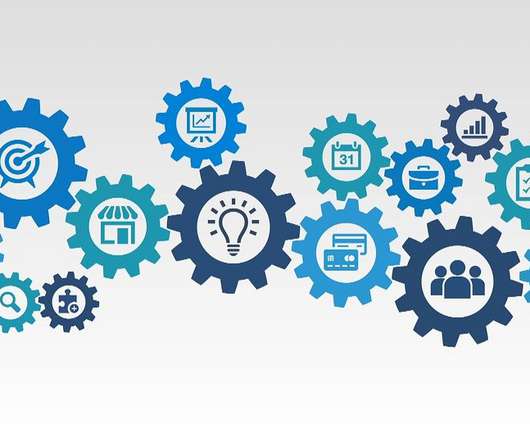New solid-electrolyte interphase may boost prospects for rechargeable Li-metal batteries
Green Car Congress
MARCH 12, 2019
Rechargeable lithium metal batteries with increased energy density, performance, and safety may be possible with a newly-developed, solid-electrolyte interphase (SEI), according to Penn State researchers. This layer is very important and is naturally formed by the reaction between the lithium and the electrolyte in the battery.



















Let's personalize your content